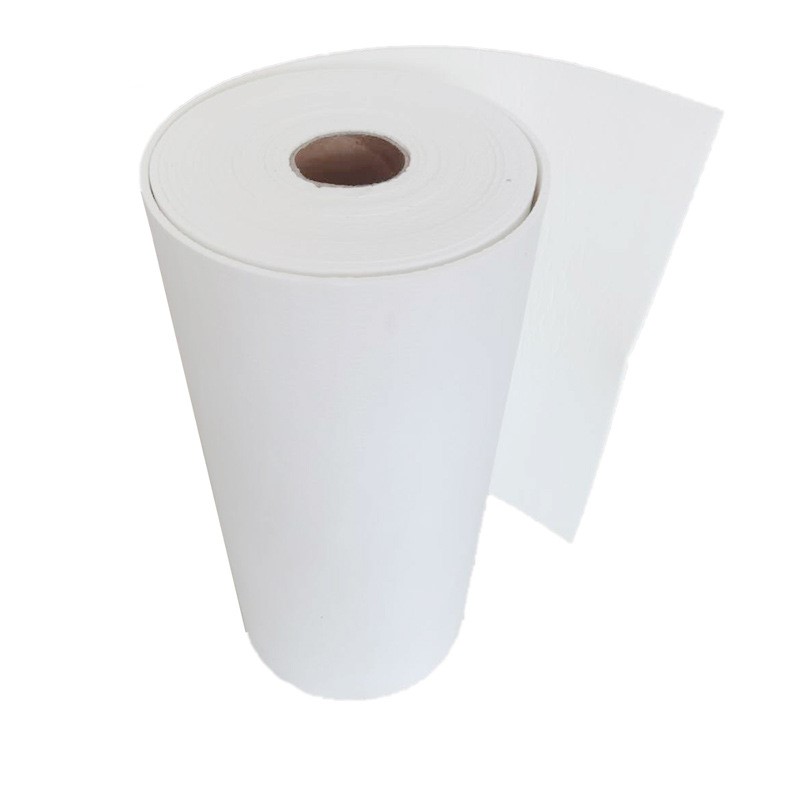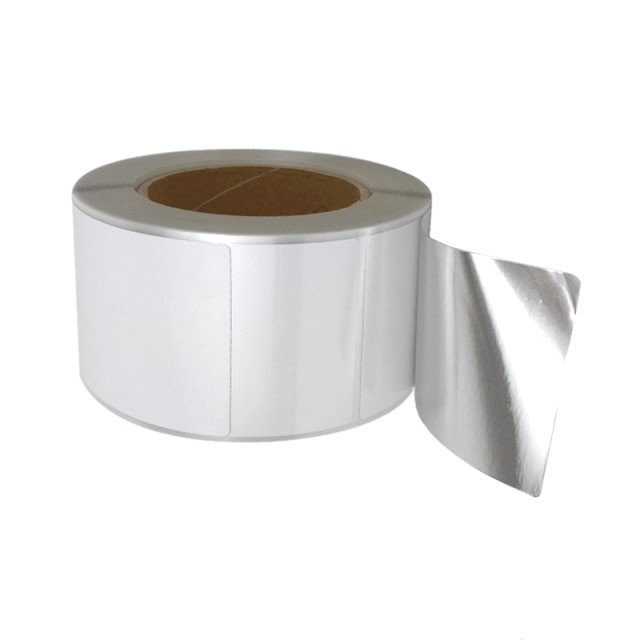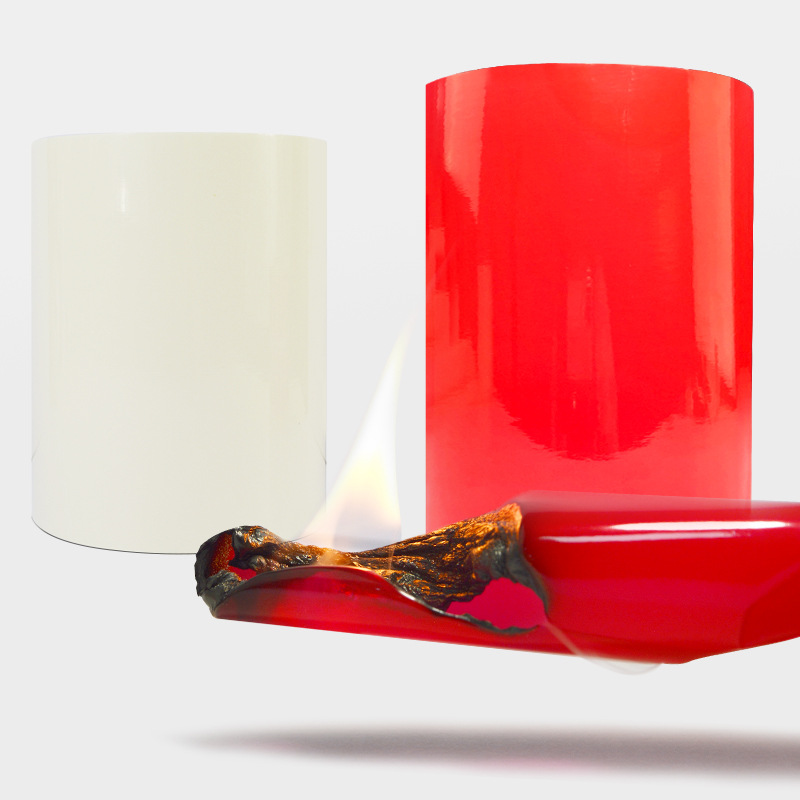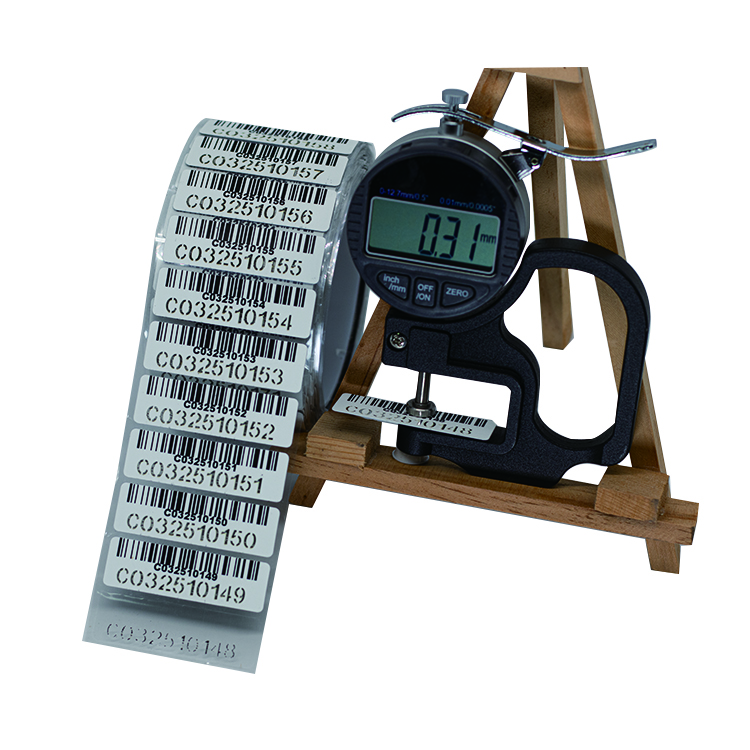Advancements in High-Temperature Resistant Labels
Sticker labels play a crucial role in various industries, providing important information about products, ensuring proper identification, and enhancing brand recognition. However, in certain environments where high temperatures are present, traditional labels may fail to withstand the extreme conditions. To address this challenge, advancements in high-temperature resistant labels have emerged, revolutionizing the sticker label industry. In this article, we will explore the key developments in this field and their implications for different sectors.
1. Enhanced Material Composition
The foundation of high-temperature resistant labels lies in the development of new materials that can withstand extreme heat. Traditional labels typically use paper or standard adhesive materials, which are not suitable for high-temperature environments. However, recent advancements have introduced innovative materials such as ceramic-based labels, silicone-coated labels, and thermally stable adhesives.
Ceramic-based labels are composed of durable materials that can withstand temperatures exceeding 1000°C. These labels are commonly used in industries such as aerospace, automotive, and metallurgy, where extreme heat is a constant factor. The ceramic composition ensures that the labels remain intact and legible even in the harshest conditions.
Silicone-coated labels, on the other hand, offer excellent resistance to both high temperatures and chemicals. They are widely used in laboratories, chemical manufacturing, and industrial settings where exposure to heat, solvents, and corrosive substances is common. The silicone coating provides a protective barrier, ensuring the longevity and readability of the labels.
Thermally stable adhesives are another significant advancement in high-temperature resistant labels. These adhesives are designed to maintain their bonding strength even at elevated temperatures. They are commonly used in applications such as electronics, where labels must adhere to circuit boards or components subjected to high temperatures during operation.
2. Improved Printing Technologies
Alongside advancements in label materials, printing technologies have also evolved to meet the demands of high-temperature resistant labels. Traditional printing methods, such as inkjet or laser printing, may not be suitable for these labels due to the limitations of the materials and the harsh environments they are exposed to.
Thermal transfer printing has emerged as a preferred method for high-temperature resistant labels. This technique utilizes a thermal printhead to transfer ink from a ribbon onto the label material, creating a durable and long-lasting print. The thermal transfer process ensures that the labels maintain their legibility and resistance to heat, chemicals, and abrasion.
Furthermore, advancements in thermal transfer printing have led to the development of specialized ribbons that are specifically designed for high-temperature applications. These ribbons are composed of heat-resistant materials and formulated inks, ensuring optimal performance and durability in extreme conditions.
3. Applications and Benefits
The advancements in high-temperature resistant labels have opened up a wide range of applications across various industries. Some of the key sectors that benefit from these labels include:
- Manufacturing: High-temperature resistant labels are essential in manufacturing processes that involve heat treatment, such as metal fabrication, glass manufacturing, and ceramic production. These labels ensure proper identification and tracking of products throughout the production cycle.
- Automotive: Labels used in the automotive industry must withstand high temperatures generated by engines, exhaust systems, and braking components. High-temperature resistant labels ensure accurate identification of parts, compliance with safety regulations, and effective traceability.
- Electronics: With the increasing miniaturization and complexity of electronic devices, high-temperature resistant labels are crucial for component identification and tracking during assembly and testing processes. These labels withstand the high temperatures experienced during soldering and reflow processes.
- Chemical and Pharmaceutical: Labels used in chemical and pharmaceutical industries require resistance to high temperatures and exposure to various chemicals. High-temperature resistant labels ensure accurate product identification, compliance with safety standards, and prevention of label degradation.
Conclusion
The advancements in high-temperature resistant labels have revolutionized the sticker label industry, enabling their use in previously challenging environments. Enhanced material compositions, improved printing technologies, and specialized applications have paved the way for labels that can withstand extreme heat, chemicals, and abrasion. As industries continue to push the boundaries of temperature limits, high-temperature resistant labels will play an increasingly vital role in ensuring proper identification, product safety, and brand integrity.
We offer comprehensive technical support, including free professional labeling solutions, advice on label materials and adhesive selection, as well as online/offline assistance from professional software and hardware engineers. Service email: andy@ownlikes.cn. In pre-sales, we leverage our extensive experience in specialty labeling projects to provide clients with the most suitable hardware solutions. Additionally, all our label barcode printers and scanners come with a three-year free warranty, demonstrating our confidence in our products.






This site is protected by reCAPTCHA and the Google Privacy Policy and Terms of Service apply.